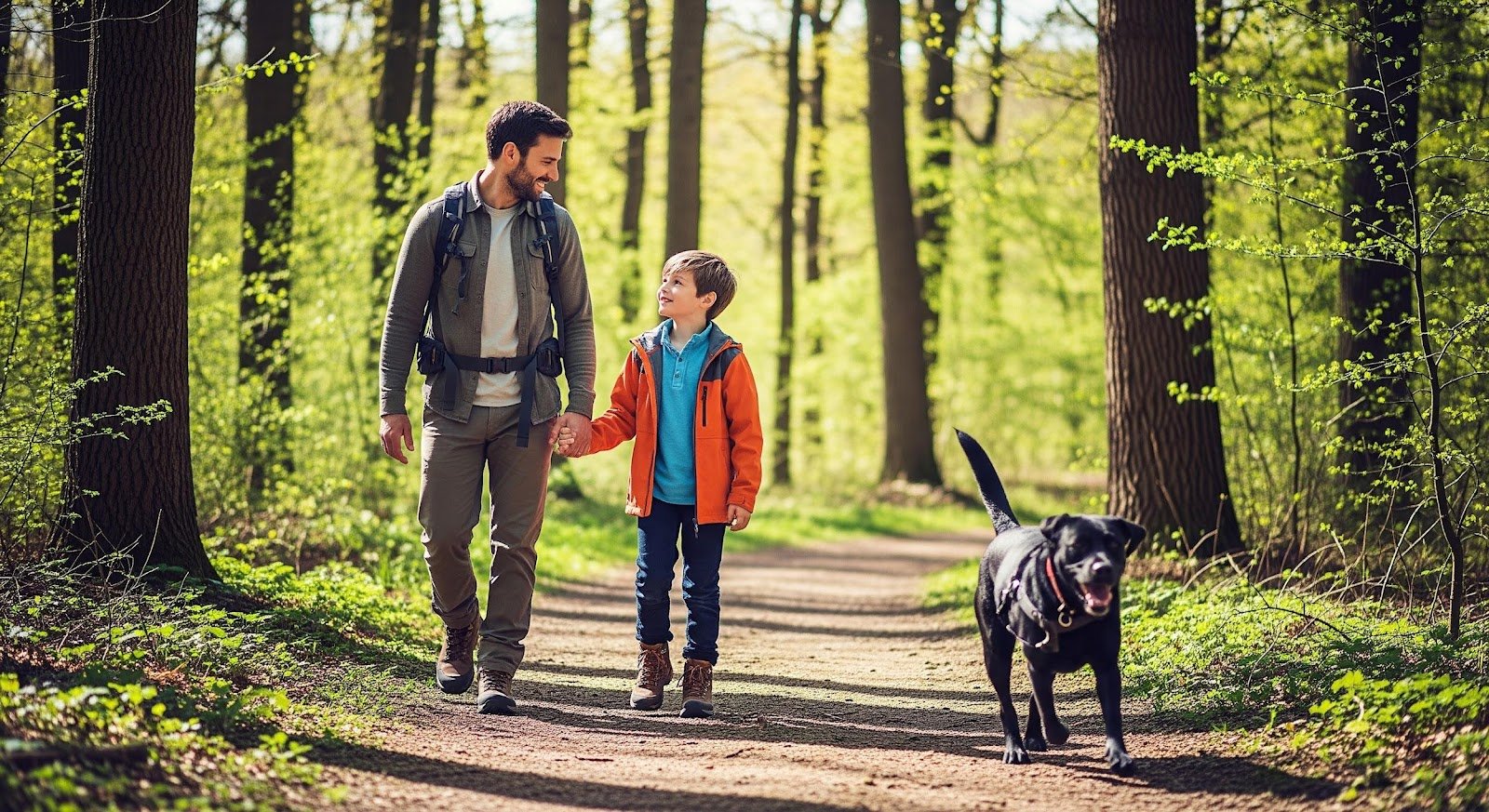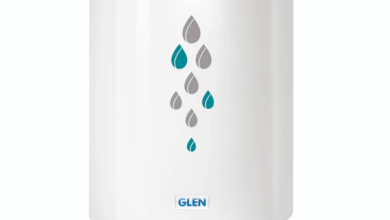
The Safest Way to Get Rid of Poison Ivy
It all began with a trek one weekend and finished with a week of itching that wouldn’t stop. Mark, who lives in Maryland, learned how dangerous poison ivy can be when he came across it in his own lawn. What appeared like innocent vegetation along the fence line was actually a clump of poison ivy that grew quickly. He called Poison Ivy Free, a company that specializes in getting rid of poison ivy on the East Coast, after over-the-counter medicines didn’t work and the rash spread to his son and dog.
Mark’s story is not unique. Every year, thousands of people have to deal with the unpleasant, itchy effects of poison ivy exposure, which might come from plants they didn’t even know were poisonous. Most individuals don’t know that just plucking out the vines or cutting them back might make the problem worse or more deadly.
Why Poison Ivy Is Harder Than It Looks
Poison ivy is tougher than you might think. It can climb fences, creep past flower beds, and wrap around trees. Even worse, urushiol, the oil that causes the allergic reaction, can linger on tools, gloves, and even pet fur for months if they aren’t cleaned correctly. So even if you think you’ve taken care of the problem, the rash could come back with a fury.
That’s why it’s so crucial to remove it safely and completely. And why you shouldn’t always try to do it by yourself.
The Dangers of Removing Poison Ivy Yourself
It’s easy to just throw on a long-sleeved shirt, take a shovel, and dig it up. But that’s not all there is to it. Even when it’s dormant, disturbing poison ivy can release urushiol oil into the air, especially if you try to burn it. Breathing that in can cause major problems with your lungs and, in rare cases, even send you to the hospital.
Touching dead vines can even make you feel something. A lot of homeowners think they’ve “killed” the plant, but the harmful oils stay in the plant long after the leaves are gone.
Companies that specialize in getting rid of poison ivy, like Poison Ivy Free, not only find and get rid of the visible vines, but they also treat the soil, roots, and other locations to stop the plants from growing again. It’s hard to get that level of security using a DIY method.
What Safe Removal Really Looks Like
Here are the things that make safe removal different from guesswork:
- Correct Identification: It’s easy to confuse poison ivy with other plants like Virginia creeper or boxelder. Professionals know how to properly identify poison ivy and find follow root systems that can go a long way beyond what you can see.
- Protective Gear: Real professionals wear protective gear and follow decontamination steps that keep things from getting contaminated with other things. Most homeowners don’t think about this.
- Eco-Friendly Solutions: Instead of employing harsh chemicals that can kill everything in your garden, professional services use targeted treatments that get rid of poison ivy without hurting the rest of your plants.
- Follow-Up Care: Some infestations need more than one treatment to get rid of all traces of the poison ivy. Good firms will check on you and come back to make sure it’s really gone for good.
A Lesson Learned the Hard Way
What did Mark learn the most? “I wish I hadn’t waited so long to ask for help,” he remarked. His yard was functional again after Poison Ivy Free took care of it. No more second-guessing walks through the grass or instructing the kids not to go on specific parts.
Now, his whole family, even the dog, can spend time outside without worrying about another outbreak.
The Bottom Line: Be aware of when to call the pros.
You don’t have to spend another season hiding from your own yard or exploring the great outdoors. If you care about your time, health, and sanity, you should get a professional to get rid of poison ivy.
Find an experienced, reputable poison ivy removal company that safely and effectively removes poison ivy from homes and businesses. Now is the time to take back your yard if you’re sick of finding itchy things in it.



